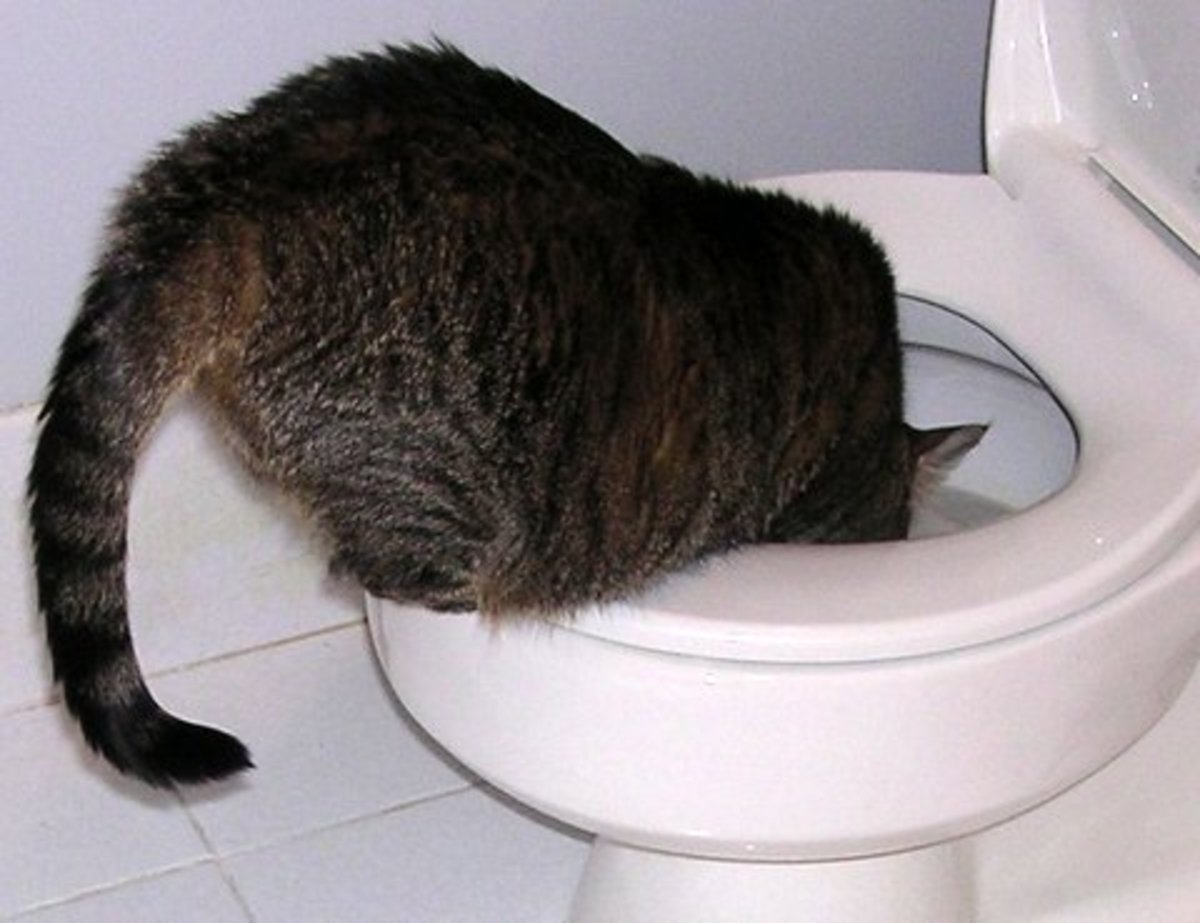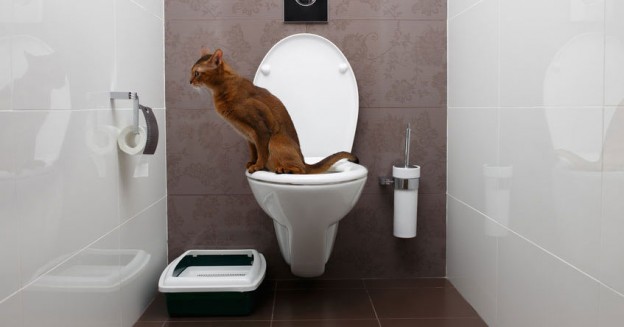Prevent Clogs and Damage: Never Flush Cat Poop Down Your Toilet - Professional Recommendations
Prevent Clogs and Damage: Never Flush Cat Poop Down Your Toilet - Professional Recommendations
Blog Article
Nearly everybody maintains their unique idea involving Can You Flush Cat Poo or Litter Down the Toilet?.

Introduction
As feline owners, it's essential to be mindful of how we get rid of our feline close friends' waste. While it might appear practical to flush feline poop down the toilet, this method can have harmful effects for both the atmosphere and human health.
Alternatives to Flushing
The good news is, there are much safer and more accountable ways to take care of feline poop. Consider the complying with alternatives:
1. Scoop and Dispose in Trash
One of the most common technique of getting rid of pet cat poop is to scoop it into an eco-friendly bag and throw it in the garbage. Be sure to utilize a dedicated clutter scoop and throw away the waste promptly.
2. Usage Biodegradable Litter
Opt for naturally degradable pet cat litter made from materials such as corn or wheat. These clutters are environmentally friendly and can be securely disposed of in the garbage.
3. Bury in the Yard
If you have a lawn, take into consideration burying feline waste in a marked area away from vegetable gardens and water resources. Make sure to dig deep enough to prevent contamination of groundwater.
4. Mount a Pet Waste Disposal System
Purchase a pet garbage disposal system particularly made for feline waste. These systems use enzymes to break down the waste, minimizing odor and ecological impact.
Wellness Risks
In addition to environmental problems, flushing pet cat waste can also posture health and wellness threats to people. Pet cat feces may have Toxoplasma gondii, a parasite that can create toxoplasmosis-- a potentially severe health problem, particularly for expecting women and individuals with damaged immune systems.
Ecological Impact
Flushing feline poop presents hazardous virus and bloodsuckers into the water system, posing a considerable threat to aquatic ecological communities. These contaminants can negatively influence marine life and compromise water high quality.
Verdict
Responsible pet ownership expands beyond offering food and shelter-- it also involves correct waste management. By refraining from purging pet cat poop down the bathroom and choosing different disposal techniques, we can minimize our environmental impact and shield human wellness.
Why Can’t I Flush Cat Poop?
It Spreads a Parasite
Cats are frequently infected with a parasite called toxoplasma gondii. The parasite causes an infection called toxoplasmosis. It is usually harmless to cats. The parasite only uses cat poop as a host for its eggs. Otherwise, the cat’s immune system usually keeps the infection at low enough levels to maintain its own health. But it does not stop the develop of eggs. These eggs are tiny and surprisingly tough. They may survive for a year before they begin to grow. But that’s the problem.
Our wastewater system is not designed to deal with toxoplasmosis eggs. Instead, most eggs will flush from your toilet into sewers and wastewater management plants. After the sewage is treated for many other harmful things in it, it is typically released into local rivers, lakes, or oceans. Here, the toxoplasmosis eggs can find new hosts, including starfish, crabs, otters, and many other wildlife. For many, this is a significant risk to their health. Toxoplasmosis can also end up infecting water sources that are important for agriculture, which means our deer, pigs, and sheep can get infected too.
Is There Risk to Humans?
There can be a risk to human life from flushing cat poop down the toilet. If you do so, the parasites from your cat’s poop can end up in shellfish, game animals, or livestock. If this meat is then served raw or undercooked, the people who eat it can get sick.
In fact, according to the CDC, 40 million people in the United States are infected with toxoplasma gondii. They get it from exposure to infected seafood, or from some kind of cat poop contamination, like drinking from a stream that is contaminated or touching anything that has come into contact with cat poop. That includes just cleaning a cat litter box.
Most people who get infected with these parasites will not develop any symptoms. However, for pregnant women or for those with compromised immune systems, the parasite can cause severe health problems.
How to Handle Cat Poop
The best way to handle cat poop is actually to clean the box more often. The eggs that the parasite sheds will not become active until one to five days after the cat poops. That means that if you clean daily, you’re much less likely to come into direct contact with infectious eggs.
That said, always dispose of cat poop in the garbage and not down the toilet. Wash your hands before and after you clean the litter box, and bring the bag of poop right outside to your garbage bins.
https://trenchlesssolutionsusa.com/why-cant-i-flush-cat-poop/

Do you like more info about How to Dispose of Cat Poop and Litter Without Plastic Bags? Try leaving a review down below. We will be interested to hear your reactions about this blog. In hopes that you visit us again soon. Are you aware of anybody else who is looking into the subject? Please feel free to promote it. Thank you for your time invested reading it.
Automated Marketing Report this page